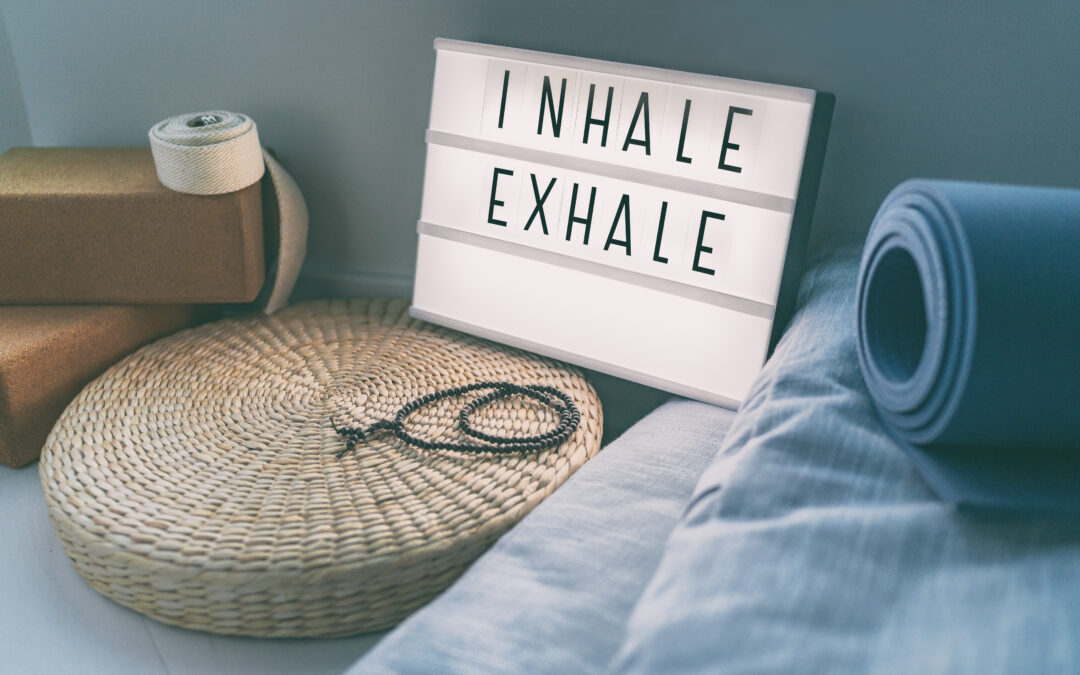The other day I was browsing the internet, trying to research how widely spread hypnobirthing is outside of the US. Are people associating hypnobirthing with a few celebrity moms, such as Kate Middleton, or is hypnobirthing something that the average person wants to learn? In the comments of one pro-hypnobirthing article, a reader was upset because the author suggested that labor and birthing can be comfortable, manageable, and sometimes pain-free. The mom in question had children, so she knew with 100% certainty what she had to go through with them. She explained that labor and birthing her children was the most painful and challenging thing she had done in her life and that everyone should consider getting an epidural as soon as their labor started to avoid unnecessary suffering.
I found myself relating to both sides. I have gone through two pregnancies myself, and both labors and birthing were as different as night and day. I distinctly remember being pregnant with my second child when I came across the hypnobirthing philosophy. I was enrolled in a prenatal yoga class, and the instructor suggested looking at labor and birth management options. She offered us a few different books, one of which was HypnoBirthing: The Mongan Method. As I glanced through the book, questions ran through my head: “Hypnosis for birth??? What is this? And what is hypnosis, anyway?” I knew as much about hypnosis as the next person; all my knowledge came from what I had seen in movies and on stage.
As I started to browse the Hypnobirthing book, I thought that the author had to be a man. Only a man who had never experienced labor would believe that giving birth did not have to hurt. However, it turned out that the author was a woman.
Then another thought occurred to me. The author was most likely an anthropologist who had done all her work by reading books on the topic of childbirth and then used that research to write a book. Since she most likely did not have children, she would not know what labor and birthing were really like.
Again, I was wrong. The author had four kids.
At this point, I was perplexed and very intrigued. Was hypnobirthing real? I was still not sold on the idea; I never thought it would work for me because I had never meditated or done hypnosis before. Still, I wondered if I had found something I had been searching for in my prenatal yoga class: a technique that would help me and my baby have an experience I couldn’t have with my first pregnancy.
My first labor and birth were a long and painful ordeal accompanied by epidural anesthesia, 40 hours of labor, and a long postpartum recovery. My first baby handled it like a champ and came out strong, healthy, and loud. It didn’t seem as if anything was bothering him.
Me, not so much. I was in bed for six weeks recovering physically. All I managed to do for those six weeks was ooh and aah at my beautiful baby, sleep when he slept, and be active when he was active. I had no energy for anything else. For that first month and a half, my husband was the hero. He had to do everything. And by everything, I mean everything: go to work, go to school, do everything around the house, and help out with the baby. But he did it.
I specifically remember an instance right after my first baby was born when there was a moment of clarity amid all the exhaustion. Even though I had just finished the most challenging experience of my life, I thought to myself that there had to be something better than what my baby and I had just gone through. Why does something so natural have to be so painful?
Even for healthy mothers with low-risk pregnancies, labor and birthing can become a significant medical event laden with stress, complications, and utter exhaustion. “All you have to do is relax and let nature take its course” is something that a lot of pregnant parents have heard at one point or another. Still, hardly anyone talks about how exactly to reach the state of relaxation when labor starts or stay in it through labor until the baby is born.
Fortunately, labor and birth do not have to be these agonizing experiences, and women using deep relaxation techniques such as Hypnobirthing are changing those stereotypes. Parents with easy and low-risk pregnancies are asking more and more for natural labor management, which gives them the power to control the process while honoring their instincts. They learn to use different breathing and self-hypnosis techniques to get themselves to a state of deep relaxation. More importantly, they know to stay in a state of calm and peace throughout the labor, often even throughout birthing.
So, what is HypnoBirthing?
HypnoBirthing International defines HypnoBirthing as “a rewarding, relaxing, stress-free method of birthing based on the belief that all babies should come into the world gently, in an atmosphere of calm and joy. HypnoBirthing prepares a birthing couple – physically, mentally, emotionally, and spiritually- for an easier, more comfortable, and sometimes pain-free birth”.
HypnoBirthing is a program that consists of 5 classes taught for five weeks, lasting 2.5 hours. During this time, parents learn how to reach profound states of relaxation and maintain it through labor and birthing. In addition, parents receive accompanying material such as HypnoBirthing: The Mongan Method, a workbook, and a card with a code for digital audio.
Who is Hypnobirthing best suited for?
Hypnobirthing is for all pregnant parents, whether they choose to give birth at home, in a birthing center, or in a hospital. It is for first-time parents as well as seasoned parents who would like to learn how to have a more relaxed and positive labor and delivery experience.
It is also for birthing partners. Hypnobirthing recognizes that birthing partners play a big role during this special time, so the classes give the partners a clear understanding of what to do at different stages of labor.
Parents interested in reducing, often eliminating, the need for chemical assistance, lessening the fatigue during labor, and having an easier emotional and physical postpartum recovery, as well as those seeking to experience vaginal birth after cesarean (VBAC) successfully.
It is also for parents who require special attention, such as individualized medical care or scheduled C-sections. Even though such labor and delivery will be under the strict supervision of a chosen medical team, there are still invaluable techniques that pregnant parents can learn, such as deep relaxation, prenatal bonding, stress management, and releasing fears and tension.
Does Hypnobirthing work?
Those who have gone through the birthing process using hypnobirthing swear by it. However, for a long time, most of the accounts of success were either anecdotal or came from a minimal number of studies. The latest study to be done in this area is titled Effect of Hypnobirthing Training on Fear, Pain, Satisfaction, and Birth Outcomes: A Randomized Controlled Trial. It was published in January 2022 and found that “hypnobirthing training effectively reduces labor pain and can be used as a non-pharmacological method.” The researchers randomly assigned 80 women with low-risk pregnancies to experimental and control groups. The first group of women received hypnobirthing training and regular care, and the second group received only routine care without the Hypnobirthing training.
The results showed that HypnoBirthing helped in many ways:
Almost all women in the hypnobirthing group gave birth vaginally, whereas more than half of the women in the control group gave birth by cesarean.
Women in the hypnobirthing group birthed their babies twice as fast as the women in the control group.
Although both groups had a moderate fear of childbirth at the beginning of the study, parents in the hypnobirthing group had a mild fear of delivery after the training had ended compared to the parents in the control group. However, the latter continued to have a moderate fear of childbirth throughout pregnancy, labor, and birthing.
Almost none of the women in the hypnobirthing group needed epidural anesthesia and induction. In contrast, nearly half of the women in the control group received induction, and some of them demanded epidural analgesia.
With data like this, it is safe to say that, yes, Hypnobirthing works!
How does it feel to be relaxed while in labor?
For the most part, a person giving birth in a deep state of relaxation seems to be almost asleep. However, it is quite the opposite. They entirely focus on their breathing, body, and baby during labor. As labor progresses, they use the power of their breath and mind to relax deeper so that the body can do what it is meant to do. The body tends to go loose and limp in these deeper states, muscles become very relaxed, and attention goes inward, giving the appearance of being asleep.
Conclusion
Even though Hypnobirthing has been around since the 1990s, it seems as if it is just becoming more mainstream. Finally, more parents are recognizing the importance of gentler and peaceful birthing experiences—and slowly, medical professionals are listening.
In my case, with Hypnobirthing, my second baby came into the world within four hours of labor. He was happy, healthy, and calm. My husband knew exactly what he needed to do in order to support the baby and me during labor and birthing. We came back home from the birthing center after 24 hours feeling great, and as my mother pointed out when she saw me, “You look as if you just went to Starbucks to get coffee as opposed to giving birth.”









